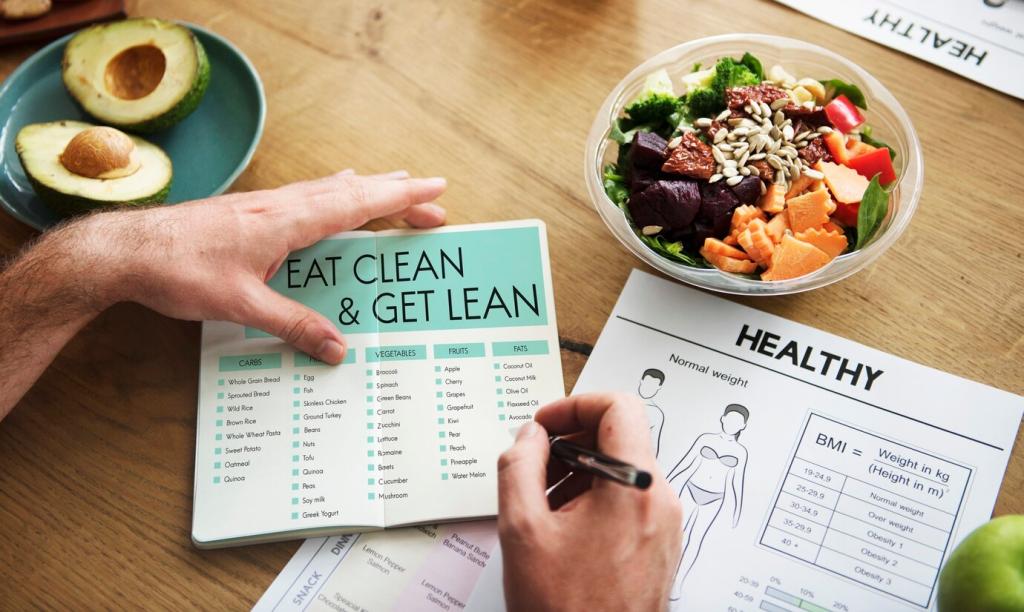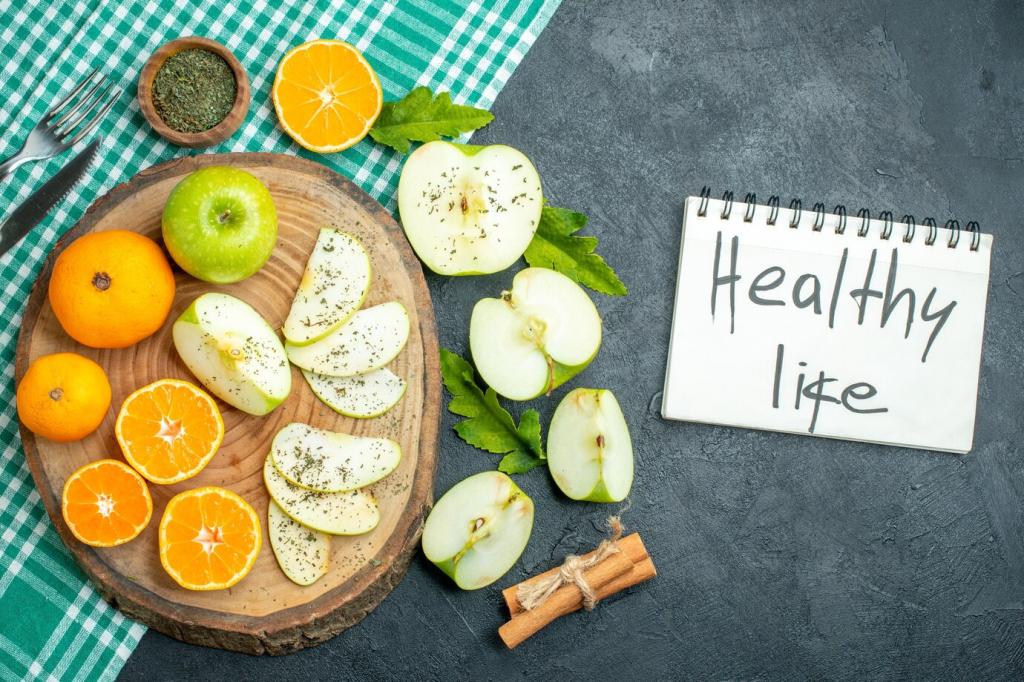Strength and Power Plates that Deliver
Aim for even protein pulses across the day, roughly 0.3 grams per kilogram per meal, enriched with leucine-rich foods. Theo, a 200 m sprinter, broke a plateau by adding a pre-sleep Greek yogurt routine. Tell us your schedule for tailored timing tips.
Strength and Power Plates that Deliver
Carbs drive bar speed. Place easily digested carbohydrates 60–120 minutes pre-lift and a quick hit post-lift to replenish glycogen. Keep fiber low near sessions to avoid sluggishness. Share your training time to receive pre-lift meal suggestions.





